
Healthcare
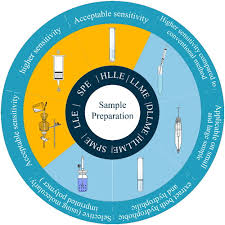
Analytical Methods for the Determination of Quercetin and Quercetin Glycosides in Pharmaceuticals and Biological Samples
Flavonoids are plant-derived compounds that have several health benefits, including antioxidative, anti-inflammatory, anti-mutagenic, and anti-carcinogenic effects. Quercetin is a flavonoid that is widely present in various fruits, vegetables, and drinks. Accurate determination of quercetin in different samples is of great importance for its potential health benefits. This review, is an overview of sample preparation and determination methods for quercetin in diverse matrices. Previous research on sample preparation and determination methods for quercetin are summarized, highlighting the
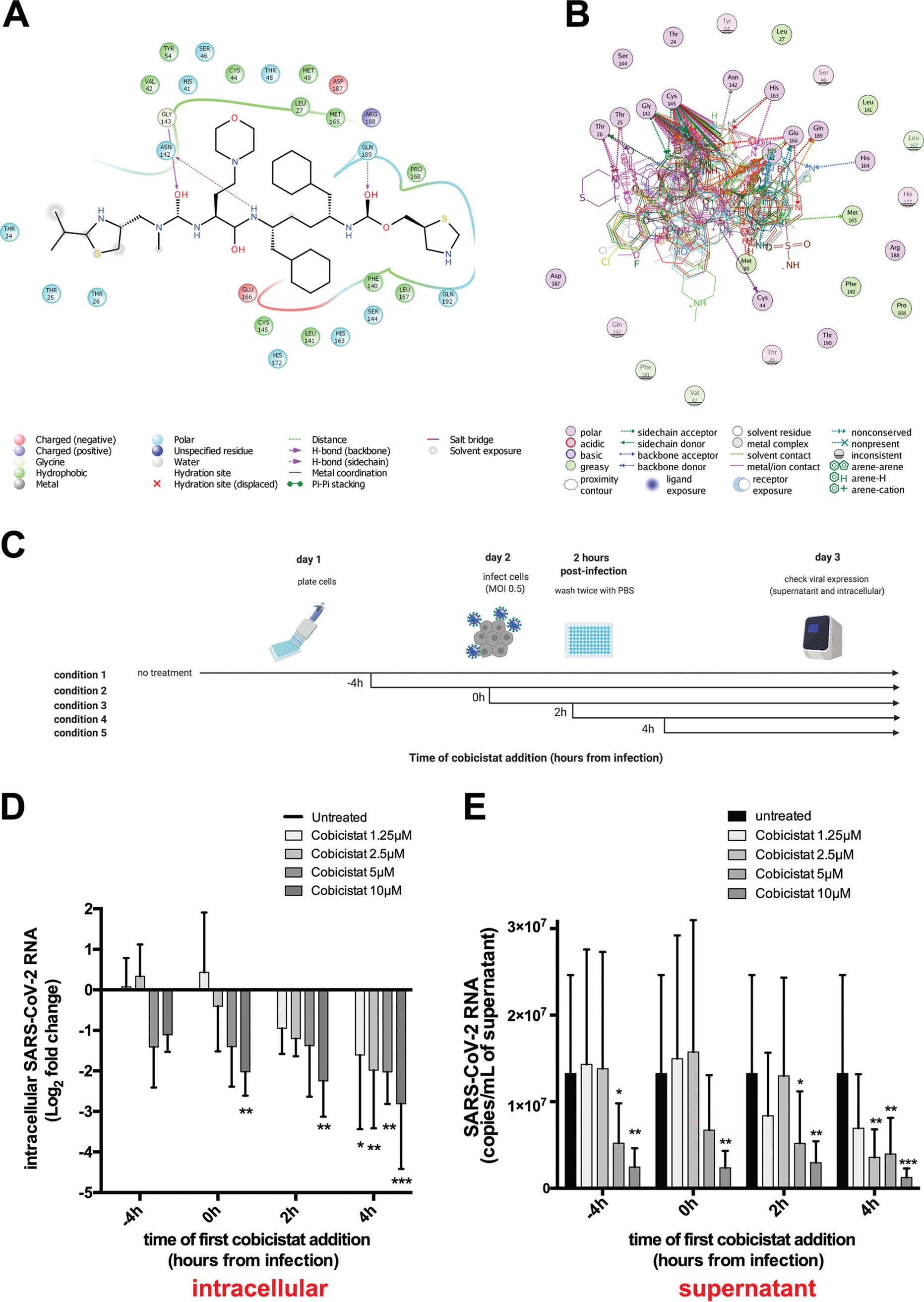
The FDA-Approved Drug Cobicistat Synergizes with Remdesivir to Inhibit SARS-CoV-2 Replication in Vitro and Decreases Viral Titers and Disease Progression in Syrian Hamsters
Combinations of direct-acting antivirals are needed to minimize drug resistance mutations and stably suppress replication of RNA viruses. Currently, there are limited therapeutic options against the severe acute respiratory syndrome coronavirus 2 (SARS-CoV-2), and testing of a number of drug regimens has led to conflicting results. Here, we show that cobicistat, which is an FDA-approved drug booster that blocks the activity of the drug-metabolizing proteins cytochrome P450-3As (CYP3As) and P-glycoprotein (P-gp), inhibits SARS-CoV-2 replication. Two independent cell-to-cell membrane fusion
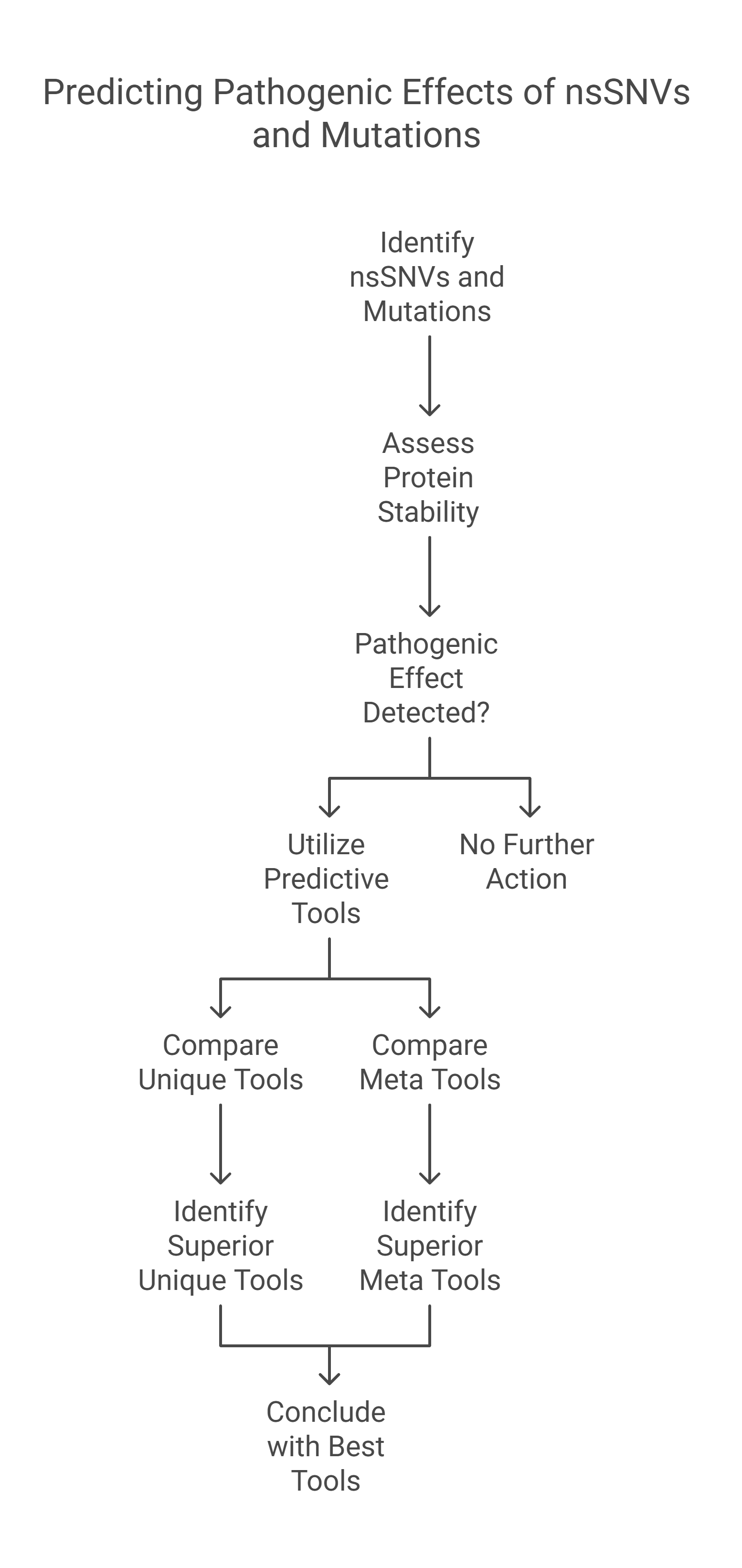
Predicting non-synonymous single nucleotide variants pathogenic effects in human diseases
Non-synonymous Single - Nucleotide Variants (nsSNVs) and mutations can create a diversity of the contrary influence of proteins like varying genotype and phenotype of any protein which affects its stability. The alterations in the protein stability may cause diseases. Detecting of nsSNVs and mutations can be a helpful tool in diagnosing diseases at an early stage. The study of singular and consensus tools for predicting pathogenic effects is very essential. Many studies utilized various predicting servers based on distinct Machine Learning Techniques (MLTs). In this research, we conduct a

Coffee and multiple sclerosis (MS)
Multiple Sclerosis (MS) is a long-term autoimmune disorder affecting the central nervous system, marked by inflammation, demyelination, and neurodegeneration. While the exact cause of MS remains unknown, recent research indicates that environmental factors, particularly diet, may influence the disease's risk and progression. As a result, the potential neuroprotective effects of coffee, one of the most popular beverages worldwide, have garnered significant attention due to its rich content of bioactive compounds. This chapter explores the impact of coffee consumption on patients with Multiple
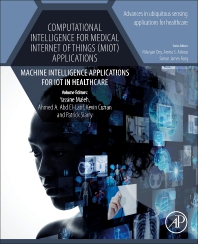
Computational Intelligence for Medical Internet of Things (MIoT) Applications
Computational Intelligence for Medical Internet of Things (MIoT) Applications: Machine Intelligence Applications for IoT in Healthcare explores machine intelligence techniques necessary for effective MIoT research and practice, taking a practical approach for practitioners and students entering the field. This book investigates advanced concepts and applications in the MIoT field, guiding readers through emerging developments and future trends. A wide range of international authors guide readers through advanced concepts, including deep learning, neural network, and big data analytic
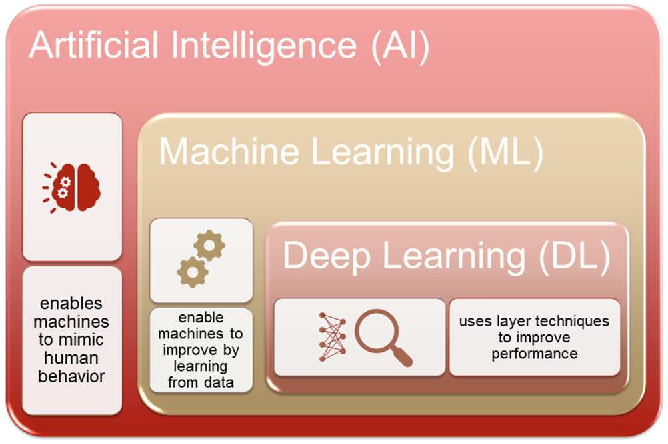
AI for Automated Thoracic Disease Assessment from X-Ray Imaging: a Review
With the increasing availability of digital X-ray imaging, artificial intelligence (AI) has emerged as a promising tool for automating the assessment of thoracic diseases. The objective of this study is to systematically review the artificial intelligence (AI) and deep learning methods proposed for the automated assessment of thoracic diseases from chest X-ray images. A thorough search of the relevant literature was conducted, and studies that met the inclusion criteria were critically reviewed. Information on the datasets, model architectures, evaluation metrics, and results was extracted
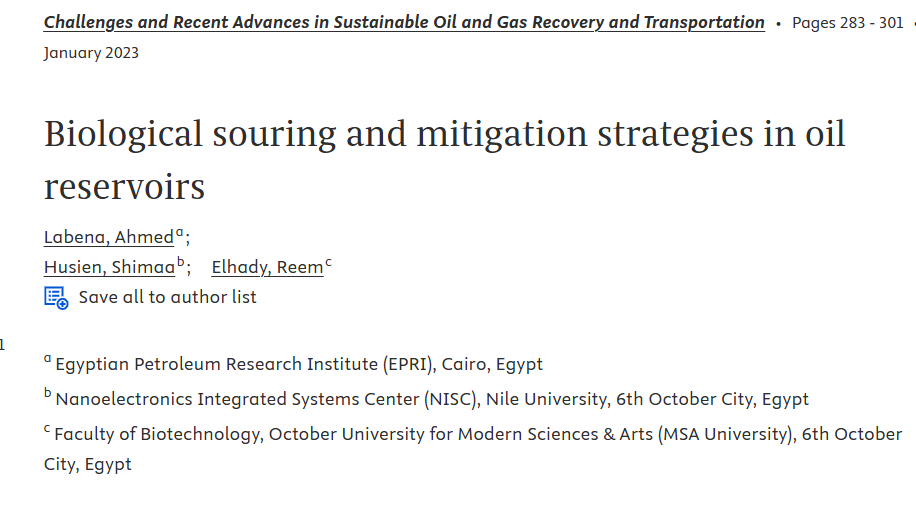
Biological souring and mitigation strategies in oil reservoirs
Biological souring is one of the major problems facing the oil and gas sector as a result of biogenic sulfide generation in the reservoirs. Sulfidogenic microorganism and particularly sulfate-reducing bacteria are the main generator of the biogenic sulfide. In consequence, souring has a plethora of economic and environmental problems. It has a negative impact on the petroleum industry, where the generated sulfide lowers air quality and causes adverse health problems due to its toxicity and carcinogenicity. Furthermore, it affects the whole industry by reducing the product quality and enhancing

Rehabilitation of the Lower Limb Motor Skills for Patients Using Cable-Driven Robot
As the technological advancements in felid such as electronic, robotics, and artificial intelligence continue to grow and flourish, the more the traditional methods of doing things starts to get absolute. This phenomenon cannot be more clearly observed in like medicine, technological advancements changed the ways things are done from the way that the doctors preform their surgical operations to the way they prescribe pills and after surgery treatments. The purpose of this work is to develop a low-cost cable-driven manipulator robot to be used in the rehabilitation of human lower limb problems
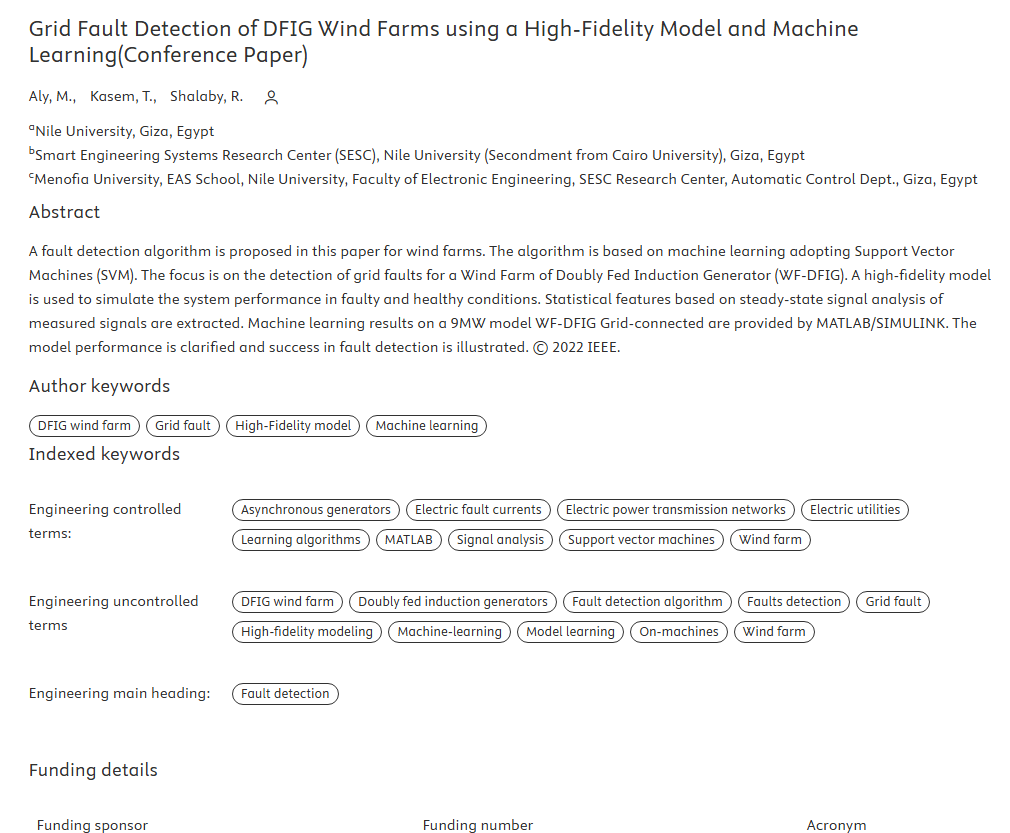
Grid Fault Detection of DFIG Wind Farms using a High-Fidelity Model and Machine Learning
A fault detection algorithm is proposed in this paper for wind farms. The algorithm is based on machine learning adopting Support Vector Machines (SVM). The focus is on the detection of grid faults for a Wind Farm of Doubly Fed Induction Generator (WF-DFIG). A high-fidelity model is used to simulate the system performance in faulty and healthy conditions. Statistical features based on steady-state signal analysis of measured signals are extracted. Machine learning results on a 9MW model WF-DFIG Grid-connected are provided by MATLAB/SIMULINK. The model performance is clarified and success in

Modeling and Control of a Novel Design of Series Elastic Actuator for Upper Limb Rehabilitation
The field of rehabilitation robotics for upper limb assistance has grown rapidly in the past few years. Rehabilitation robots have direct contact with human joints, which presents a serious safety concern. In this paper, a novel design for a series elastic actuator (SEA) is presented for upper limb rehabilitation of sensorimotor dysfunctions. The proposed SEA ensures safety and robust torque control under various disturbances. The proposed SEA is modeled and simulated using MATLAB Simulink to obtain Input/Output driven data. For the proposed system, two modeling approaches, ARMAX and NN, are